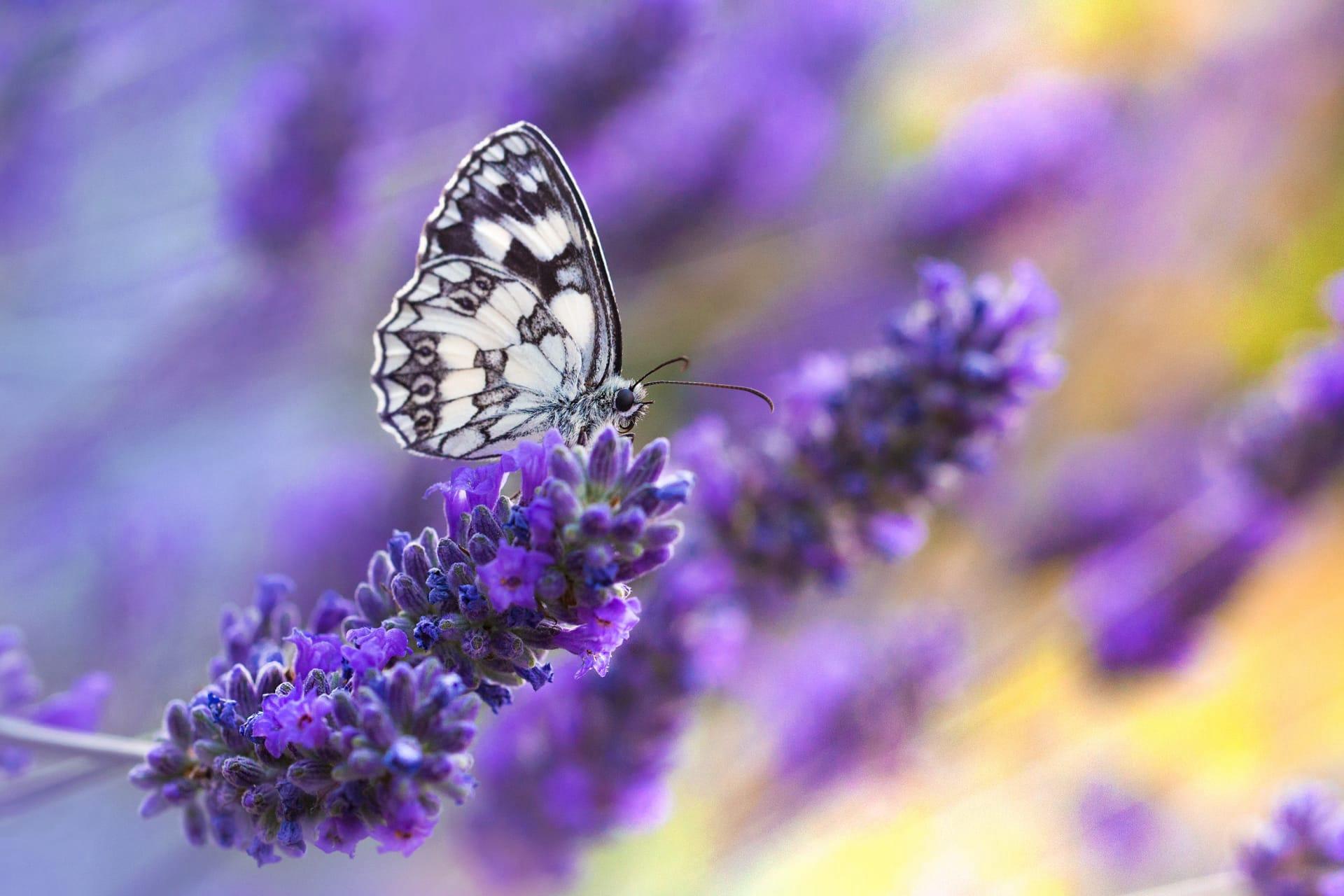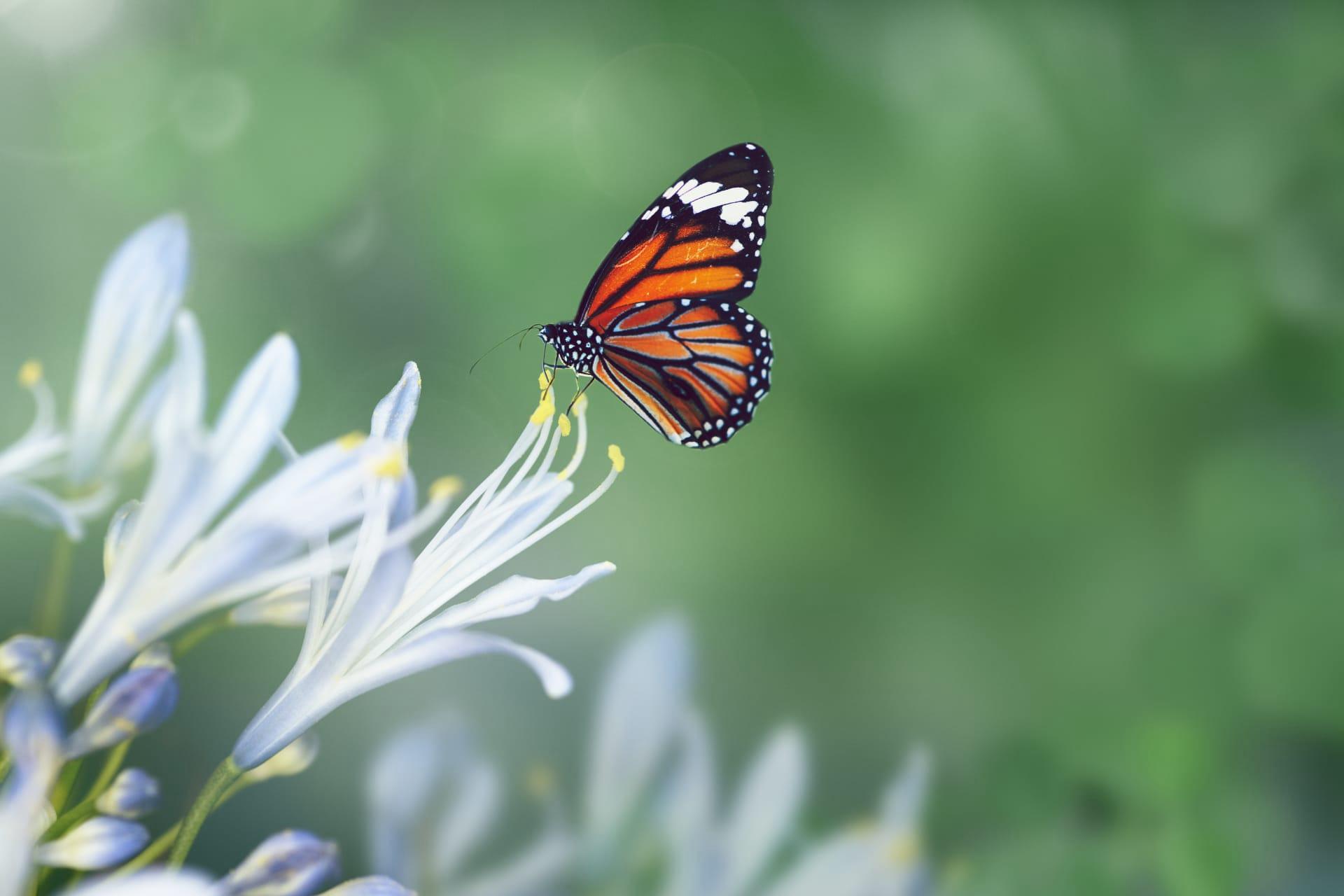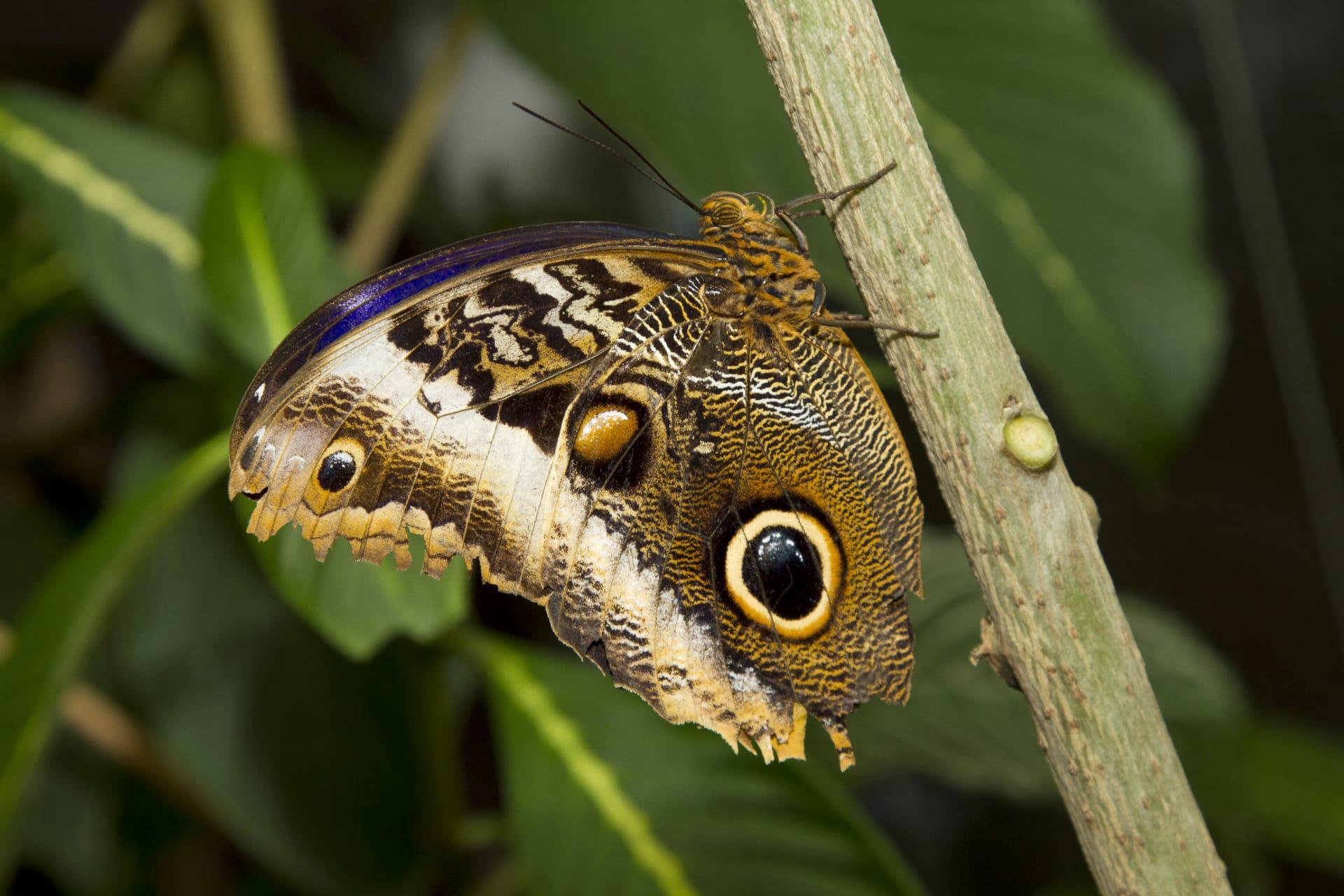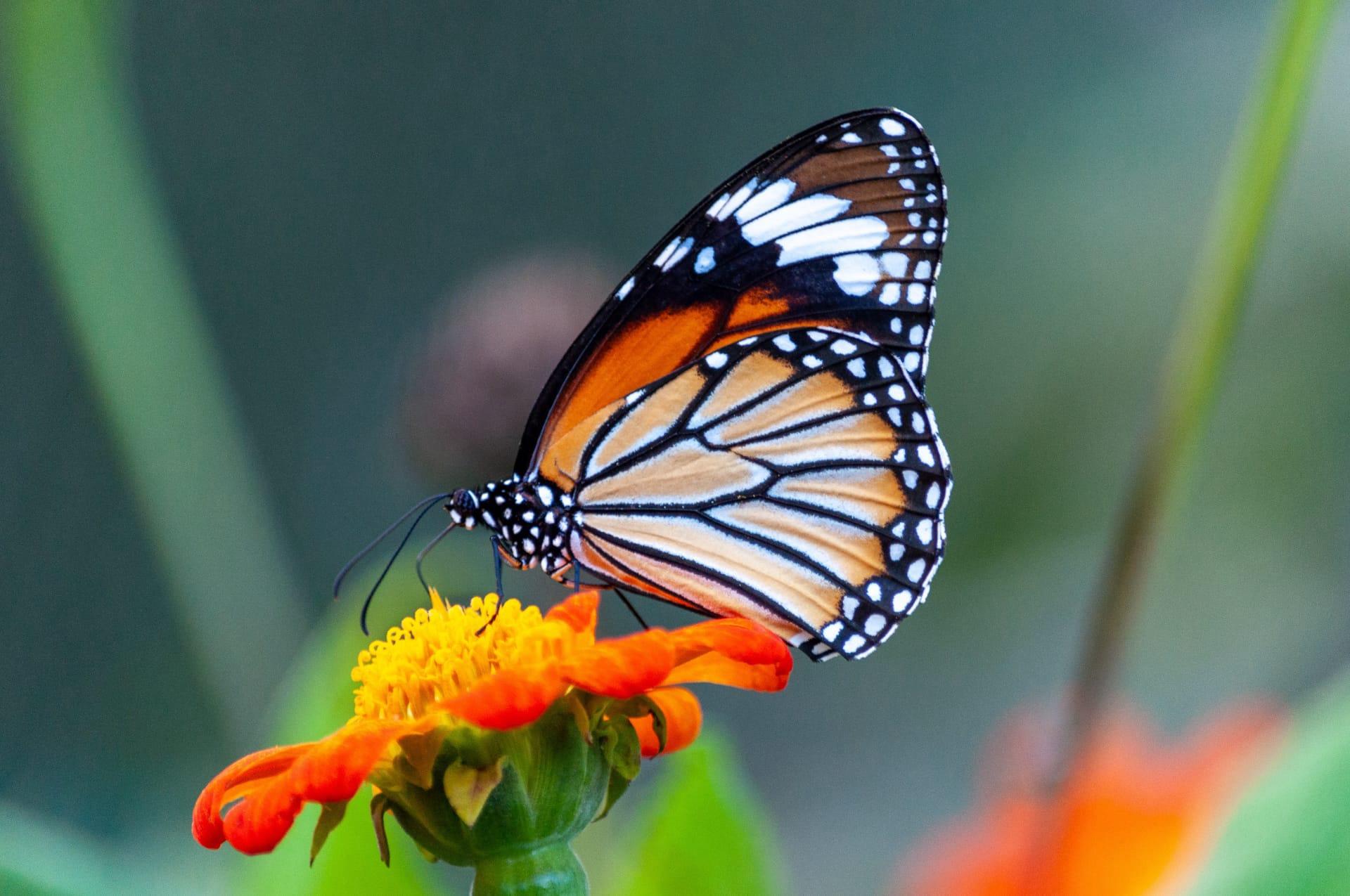Butterfly
- Home /
- Mini Encyclopedia /
- Animal /
- Butterfly
1
Butterflies, belonging to the order Lepidoptera, are known for their vibrant colors and delicate wings. There are approximately 18,500 species of butterflies, which are divided into six families: Papilionidae, Pieridae, Nymphalidae, Lycaenidae, Riodinidae, and Hesperiidae. The Papilionidae family includes the largest butterflies, like the Swallowtails, while the Pieridae family is known for species like the Common Brimstone. The Nymphalidae, the largest family, contains around 6,000 species, including the Monarch and Painted Lady butterflies.
Butterflies are found on every continent except Antarctica. Tropical regions, especially rainforests, are particularly rich in butterfly species. The Amazon rainforest alone is home to thousands of butterfly species. The Monarch butterfly is famous for its migration across North America, covering distances of up to 3,000 miles. In Europe, the Painted Lady undertakes a similar long-distance journey. Butterflies are also adapted to various habitats, including grasslands, deserts, and arctic tundras, showcasing their incredible adaptability and resilience.

2
Question: Do butterflies have a short lifespan?
Answer: It's a common misconception that all butterflies have brief lifespans. While some species, like the Small Copper, live only a few weeks, others can survive for several months. The Monarch butterfly, for example, can live up to 9 months. Lifespan varies significantly among species and is influenced by factors like climate, habitat, and the butterfly's stage in its life cycle. For instance, some species overwinter as adults and therefore have longer lifespans to accommodate this hibernation-like state.

3
Butterflies employ various strategies to survive and thrive. Camouflage is a common technique, where the butterfly's wing patterns and colors blend with their environment to avoid predators. The Owl Butterfly, for example, has eye spots on its wings resembling an owl's eyes, deterring potential predators. Mimicry is another strategy; some harmless species mimic the appearance of toxic species to ward off predators. The Viceroy butterfly, for instance, mimics the Monarch, which is known for its unpalatable taste.
Reproduction is a vital part of a butterfly's life cycle, and they have evolved unique strategies to ensure the survival of their offspring. Many species lay their eggs on specific host plants that caterpillars feed on after hatching. This specialization ensures that the emerging caterpillars have the necessary nutrients for growth. Additionally, some butterflies engage in courtship rituals, where males display their vibrant colors or perform aerial displays to attract females.

4
In ecosystems, butterflies play several crucial roles. They act as pollinators, transferring pollen from one flower to another, aiding in the reproduction of various plant species. This pollination helps maintain the health and diversity of ecosystems. Additionally, butterflies are indicators of a healthy environment and biodiversity. Scientists often study butterfly populations to monitor changes in the environment and ecosystem health.
Butterflies also contribute to the food web. As caterpillars, they are a food source for birds, mammals, and other insects. In their adult form, they provide nourishment for animals like bats and spiders. Their role as both prey and pollinator makes them integral to the balance of ecosystems. Conservation efforts for butterflies have broader implications, often benefiting other species and the overall health of the environment.

5
Film: "Flight of the Butterflies" is a notable documentary from Canada, released in 2012. This film follows the awe-inspiring journey of the Monarch butterfly's migration across North America. It combines scientific narration with stunning visuals to illustrate the butterflies' life cycle and their incredible 3,000-mile journey.
Book: "The Butterfly Isles" by British author Patrick Barkham, published in 2010, is a charming and insightful exploration of butterfly species across Britain. Barkham embarks on a journey to see all the British butterfly species in a single year, weaving personal narrative with rich natural history.
Book: Another remarkable read is "An Obsession with Butterflies" by American author Sharman Apt Russell, published in 2003. This book delves into the captivating world of butterflies, blending science, history, and storytelling. Russell explores the cultural and biological significance of butterflies, making complex scientific concepts accessible and engaging for readers.